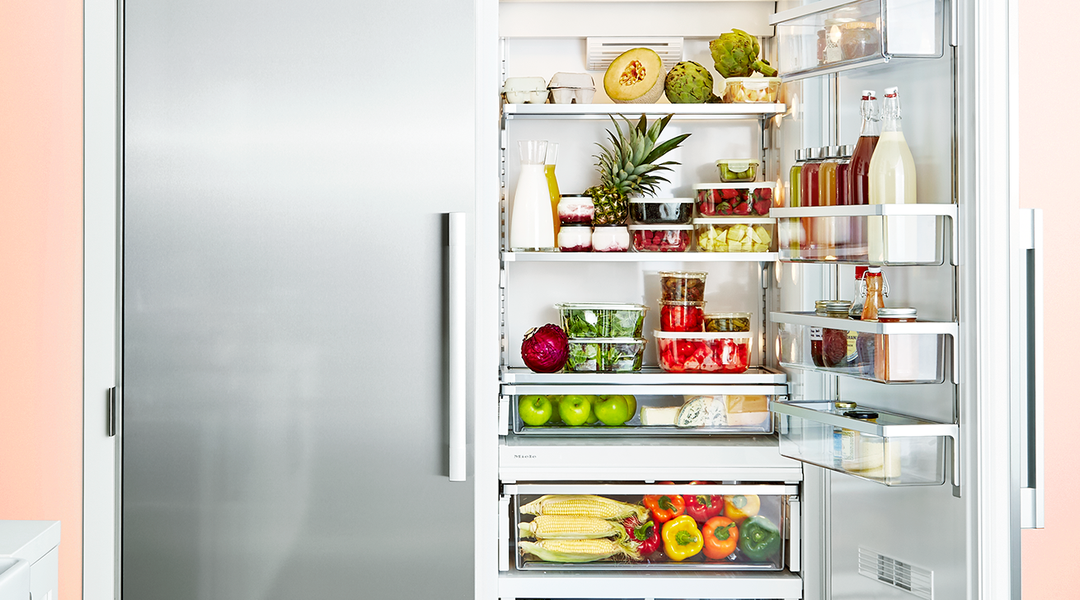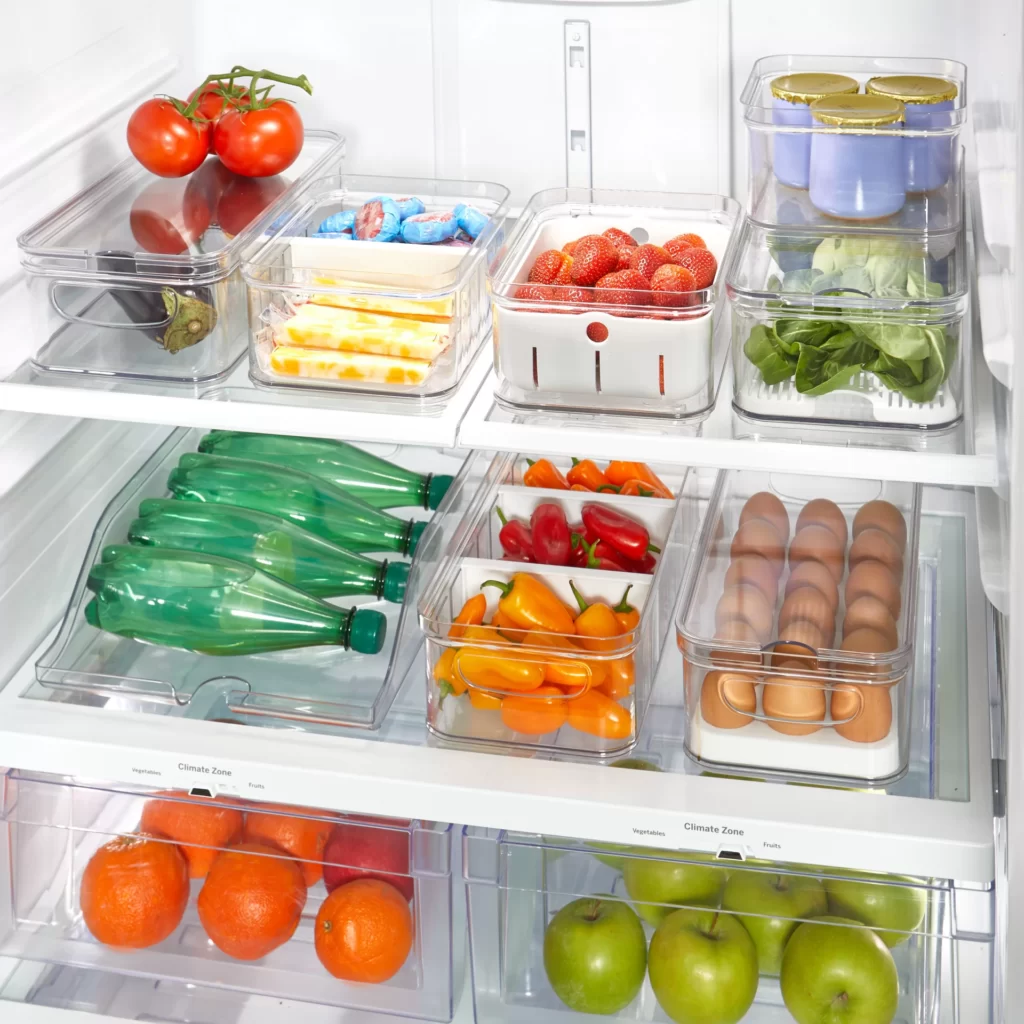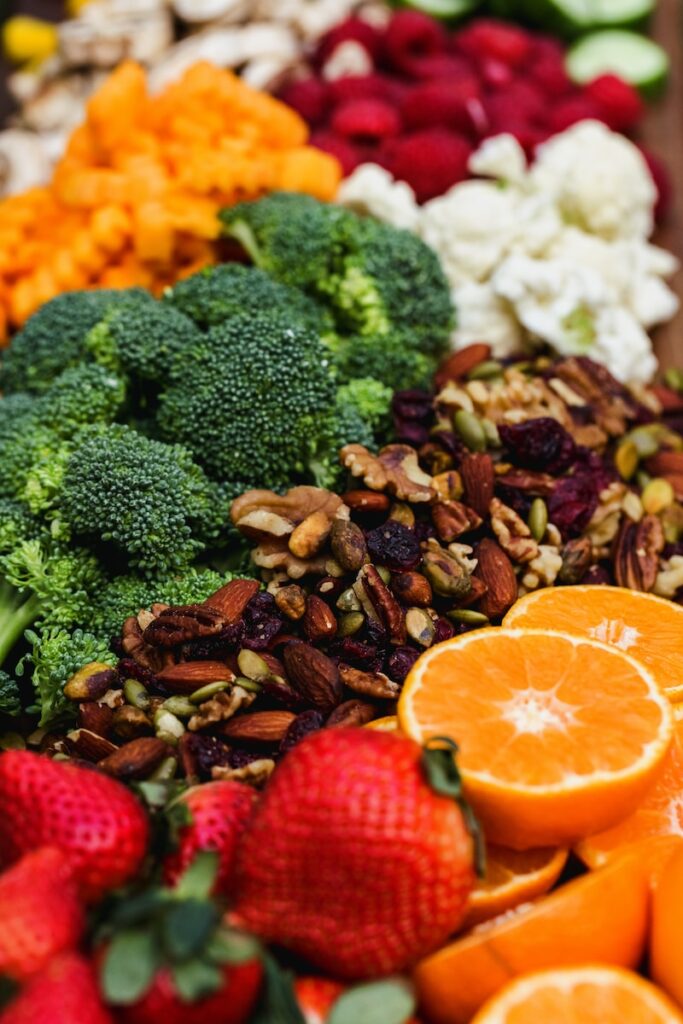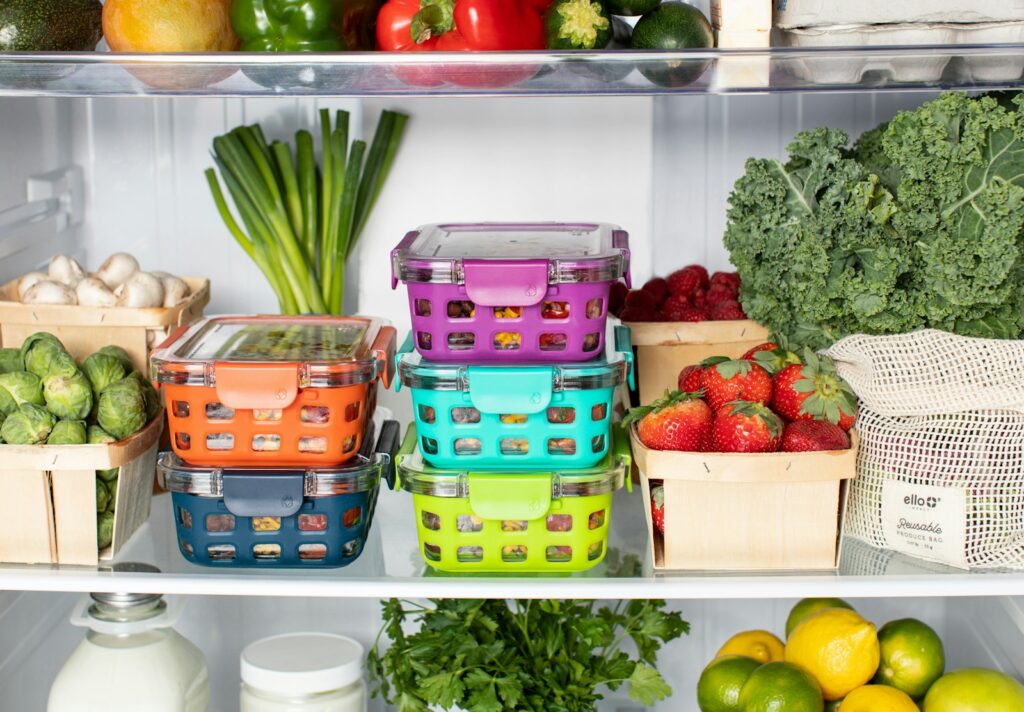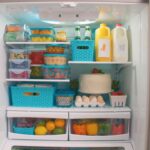| Getting your Trinity Audio player ready... |
But Really Should!
One of the most important home organization projects you can undertake in the kitchen is fridge organization. Doing so – after a good declutter – can help you save money, eat healthier, and even reduce your energy bills. As the holiday season is upon us, and you refrigerator will likely soon be called upon to do far more than usual – all those leftovers – then there is no better time to to make sure that your fridge is ready!
However, there are some things many people don’t know about fridge organization – and refrigerators in general – that they should. Here’s a look at some of the most important of those things.
An Empty Refrigerator is Bad; a Cluttered One is Worse
You should certainly declutter your refrigerator if you’re worried about something falling out every time you open the door—and not just because you might be a food hoarder. Filling your fridge to the brim often results in wasted, spoiled food (because you forgot it was there) blocked air vents, obstructed air flow, and lower energy efficiency.
If your fridge is practically empty, consider adding a couple bottles of chilled water, which will assist the appliance in retaining the proper chilly temperature. It’s best to keep your fridge at least two-thirds full, but in an organized fashion.
Don’t Precut Your Fruits and Veggies
To encourage healthy snacking, many people recommend washing and chopping fruits and vegetables before putting them in the refrigerator. However, because a greater surface area is exposed, chopped-up fruit and many chopped-up veggies will decay faster. It’s best to wash and cut these foods only when you’re ready to eat them. Fruits and veggies are good for you, for sure, but if they rot before you can ever eat them, it’s a huge waste of money.
Don’t Keep Your Milk in the Door
The interior of the door and the top shelf of your refrigerator are the warmest places. Milk should be kept on the middle shelf, which has stable temperatures, because it is prone to spoilage. The same goes for eggs (if you have one, don’t place it in the egg compartment of your door).
Store condiments in the door, which are typically heavy in vinegar and salt. Also, if your refrigerator has designated areas for dairy and sandwich meats, make use of them. Snacks and leftovers go on the top shelf.
Don’t Mix Produce Drawer Contents
If your fridge is a newer one, it probably has two drawers, one specifically marked for veggies and one for fruits. On farmer’s market days, it may be tempting to move some greens from an overflowing veggie drawer to the fruit section, but resist that temptation.
Why? The fruit drawer is set for low humidity, whereas the veggie drawer is set for high humidity (greens wilt slower when there’s moisture, and fruits rot slower in low humidity). Another good reason to separate greens and fruits is because ethylene from fruits can cause veggies to spoil early.
What is the one exception? Strawberries.
How many times have you been excited to open a new container of plump, sweet strawberries only to discover that they were mushy or moldy? Instead of storing them in the fruit drawer, keep them in the vegetable crisper to increase their shelf life.
Strawberries, like vegetables, prefer dampness (though not excessively so; don’t wash them before storing them) and cannot withstand ethylene.
Always Keep Meats Down Low
Meat should only be kept in the freezer section or on the lowest level of the refrigerator, where any juices from it won’t drop onto other foods. Let’s take it a step further: Place a tray under the meat on the lowest shelf to help control any potential leaks and make cleanup a breeze in the event of a spill.
Make Good Use of Trays and Baskets
If you have visited mbefore, before you will have seen me advocate often for the usage of trays, bins, and baskets around your home, and your refrigerator is no exception. A refrigerator with these organizational aids is a joy to look at and use, just as it is visually attractive to see pantry shelves separated with the help of bins and lazy Susans.
A Cluttered Fridge = Wasted Food
According to research undertaken by the USDA, between 31 and 40% of the food supply in the United States is wasted, costing the country $161.6 billion per year. These are crazy statistics!
Individually, one way to reduce food waste is to keep track of what’s in your refrigerator. Make the effort to declutter and organize your refrigerator often and put everything in its proper place and you’ll have significantly fewer of those what-is-that-jar-of-mold-lurking-in-the-back moments. You could even want to create a “Eat Me First” container for food that is about to expire.
Keep a Fridge Contents List
Most of us have tacked things to the front of our fridge for as long as we can remember, but among them is rarely a list of what it actually contains. Yet such a running list is easy to maintain once you get into the habit of doing so, and will help prevent spoilage and overbuying and help you do a better job of meal planning.
To create this ongoing list, make use of a magnetic whiteboard or chalkboard. As you unpack your groceries, take an extra minute to add them to the inventory on your board. And, as something is used up, it should be marked off. If it needs to be replaced, that should be marked down too. There’s little worse than cooking up a delicious plate of fries only to discover someone used the last of the ketchup and forgot to tell anyone!
Implement a Simple Way to Keep Your Fridge Cleaner
Want to keep your fridge cleaner? Try lining the shelves and drawers of your refrigerator. At first, that might sound superfluous and fussy, because the insides of refrigerators can be thoroughly cleaned if necessary. The thing is, if you line the shelves and drawers with paper towels or kitchen linens, you’ll 1) not have to deep-clean your fridge as often, and 2) it’ll be as simple as a fast wipe-down when you do.
Need help decluttering your fridge and creating an organizational system you can stick to? Those are just some of the things we can help with when it comes to kitchen organization. An organized kitchen looks better, functions better, and will save money, so why not book an appointment and get started on some kitchen organization projects before the busy holiday cooking season starts in earnest?
- The Time-Blocking Secret to Organizing Your Home - November 4, 2025
- Yes, You Can Have an Organized Home with Small Children - October 30, 2025
- Creating a Holiday Command Center: Festive Organization Made Easier - October 28, 2025

